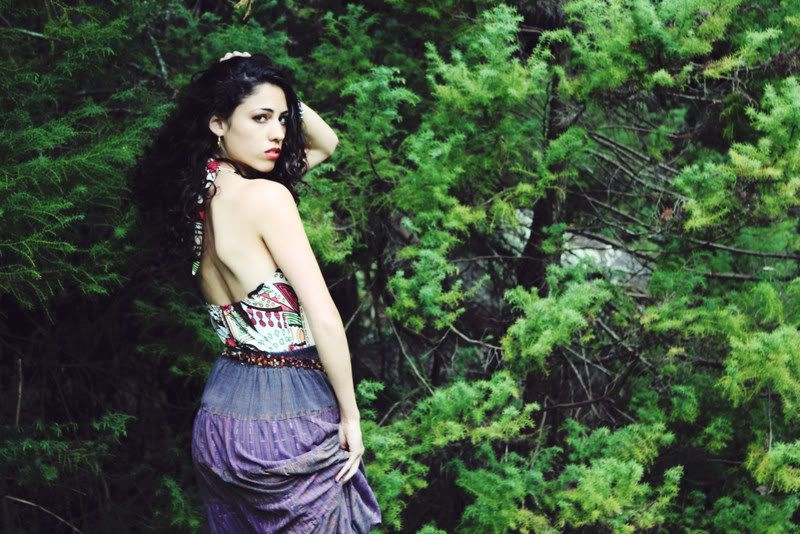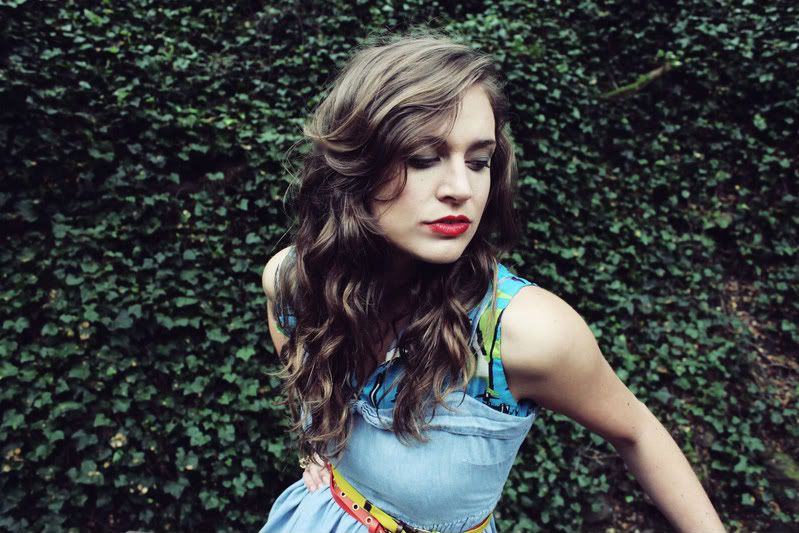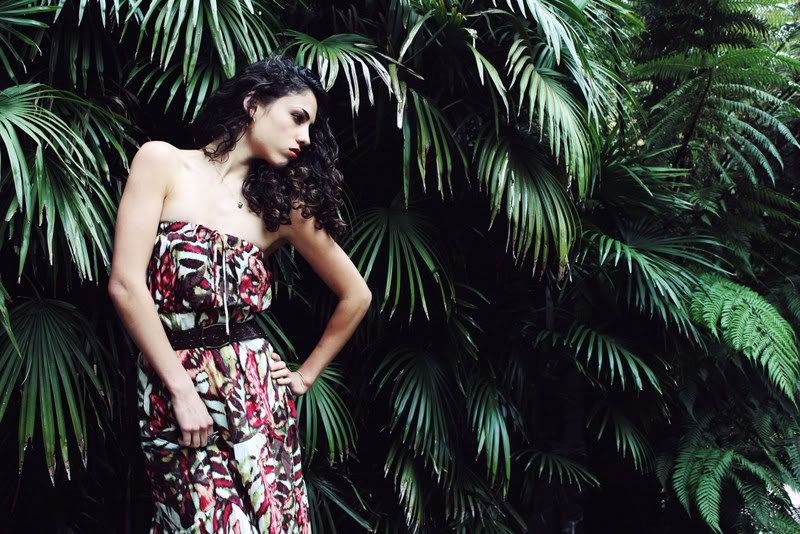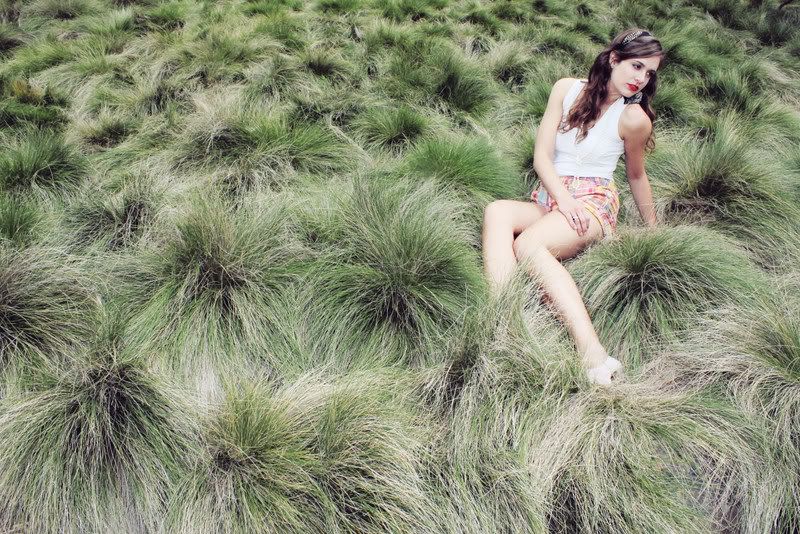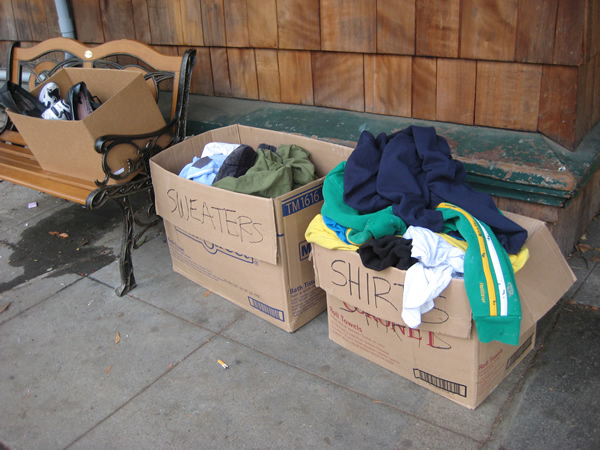Adrienne Chiu, Francesca Rubino, and Hanna Ashcraft (Pictured from left to right)
Adrienne Chiu
Year: Junior
Major: Media Studies
How long have you been modeling?
I haven't been modeling for very long. This shoot was actually my first shoot. Before that, I had only done some runway in high school and in college. Make up artists at fashion shows and counters told me that I should model, but it wasn't really until learning about FAST at Berkeley that I gave it serious thought and went for it. I love modeling and hope to continue!
What you think about sustainable clothing?
It's important to think about sustainability when it comes to clothing, with trends changing so quickly and therefore our wardrobes, we can end up creating a lot of waste. But sustainable clothing isn't just about
recycling clothes or thrifting. Many fashion companies are starting to focus on sustainable production from sustainably grown raw materials to location consolidation to reduce transportation waste. That way we can still buy new pieces as trends change while still being sustainable.
What is you favorite sustainable activity?
Walking. Being in Berkeley has gotten me to walk more than ever. At first, I would try to take the bus everywhere, but now I walk whenever I can. I also try to recycle everything I can. I'm so used to recycling here that I get frustrated when I'm in a different country and can't easily find recycling bins around.
Francesca Rubino
Year: Junior
Major: Conservation Resource Studies
When did you start modeling?
I have been modeling for about a year. I started when I realized that I wanted to understand the different ways we can change how people perceive us visually and the effects our visual presentation can have on the emotional reaction towards the person being judged.
How do you feel about sustainable clothing?
I am always looking for sustainable fashion choices and trying to weigh cost, taste and impact of everything I buy. I just wish there were more of them and more affordable.
What is you favorite sustainable activity?
My favorite sustainable activity is clean-up and restoration projects because you can meet a lot of great people and the habitat can be transformed so quickly it makes one feel important and useful.
Hanna Ashcraft
Year: Fourth Year
Major: Sociology Major and History of Art Minor
When did you start modeling?
I started Modeling in the spring semester of my first year at Cal. I decided to put my height to use and showed up to a training meeting for FAST (Fashion And Student Trends). They taught me how to confidently put on a pair of 4 inch heels and strut fiercely down the runway. After my first show, I was hooked and about a year after I started getting into photoshoots as well.
How do you feel about sustainable clothing?
I love, love, LOVE sustainability. Over half of my clothes come from some sort of second source - Goodwill type stores, Crossroad and Buffalo Exchange type stores, Vintage shops, hand-me-downs, and clothing swaps. People have all sorts of funny reasons they give up their perfectly good clothes and I love being able to take advantage of that, without anyone able to guess. For me, sustainable clothing is a win-win situation, where i can make room in my closet without feeling guilty and refill it with new things without feeling guilty about the price. Guilt is the last thing I wanna feel when I am looking good!
What is you favorite sustainable activity?
Hmm, I have now participated in a few clothing swaps with other girls on this campus and I am hooked. What is better than low-priced clothes -- FREE clothes that are still in good shape and in relatively close size. I just can't get enough of clothing swaps - put out some cocktails and Breakfast at Tiffany's in the background and I am in heaven. Downsides? There are none! If the clothes don't fit, I end up trying to sell them at Crossroads or bringing them along for the next swap.










